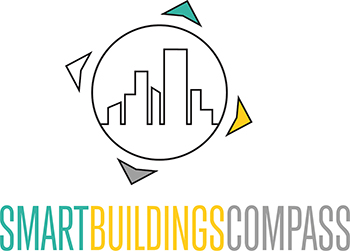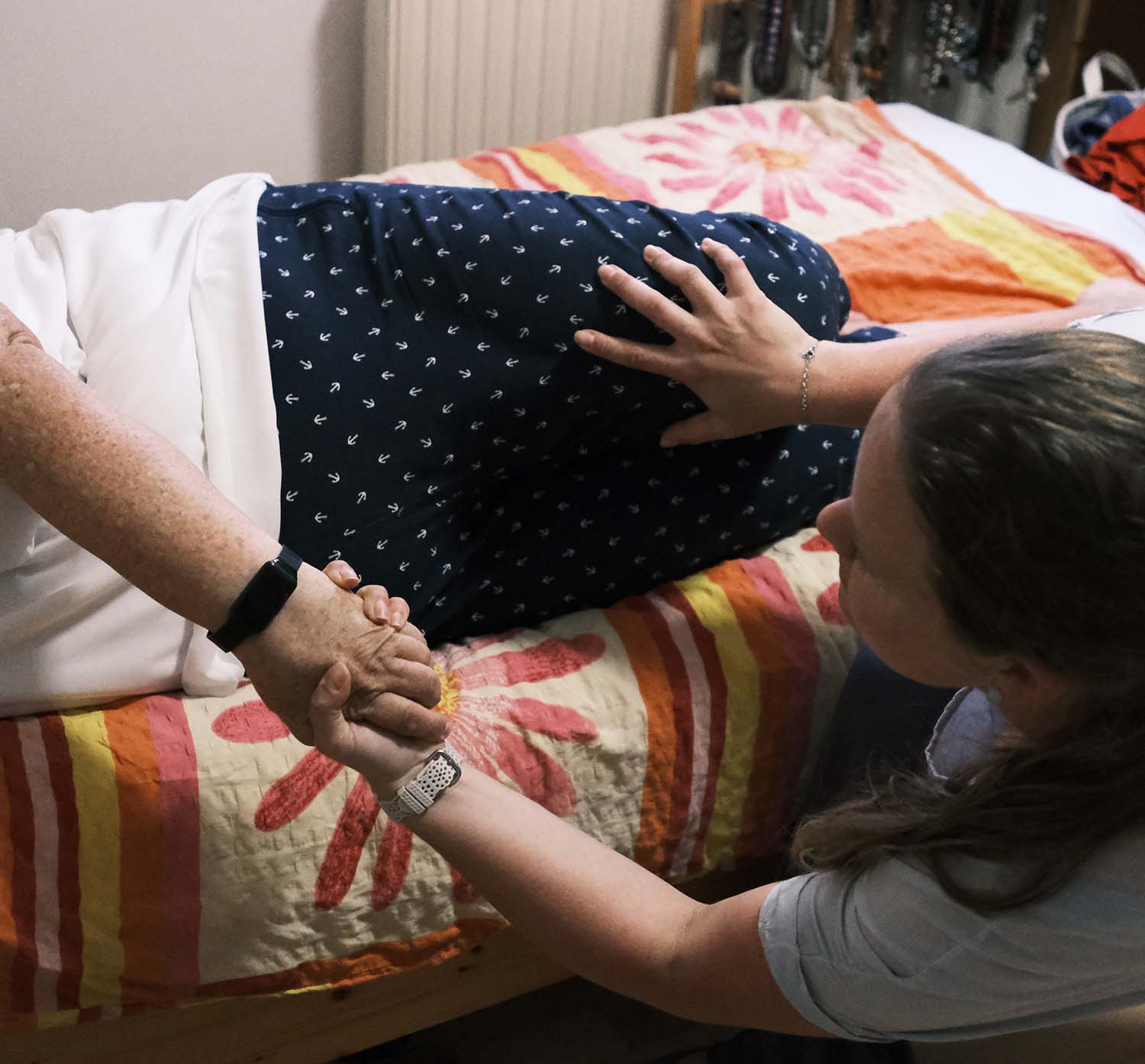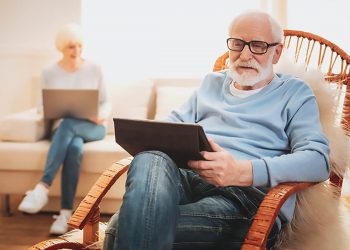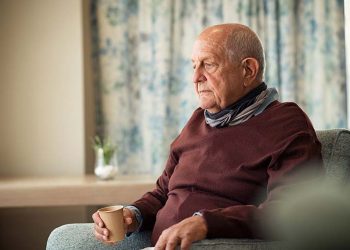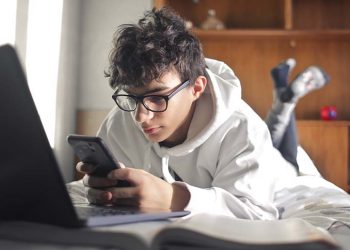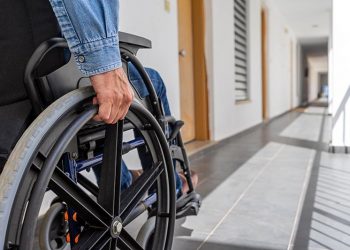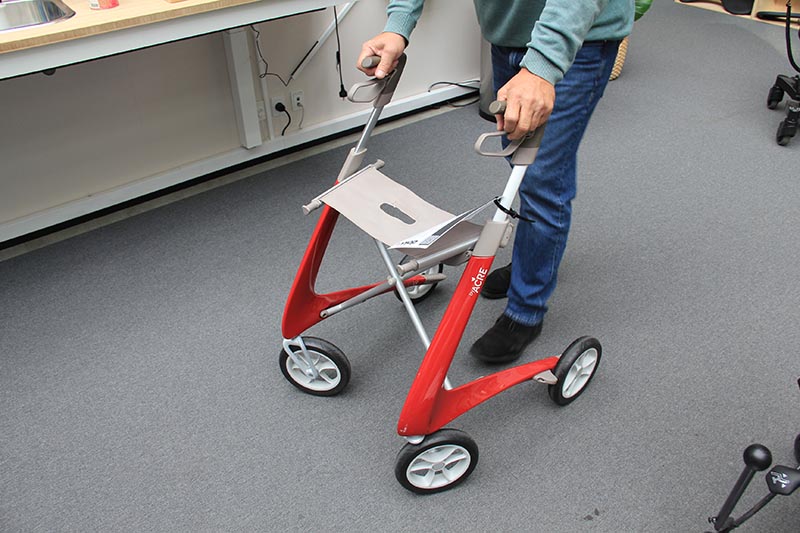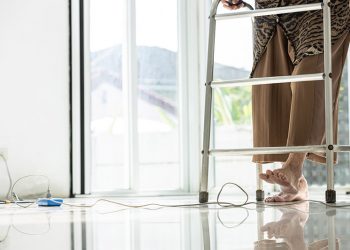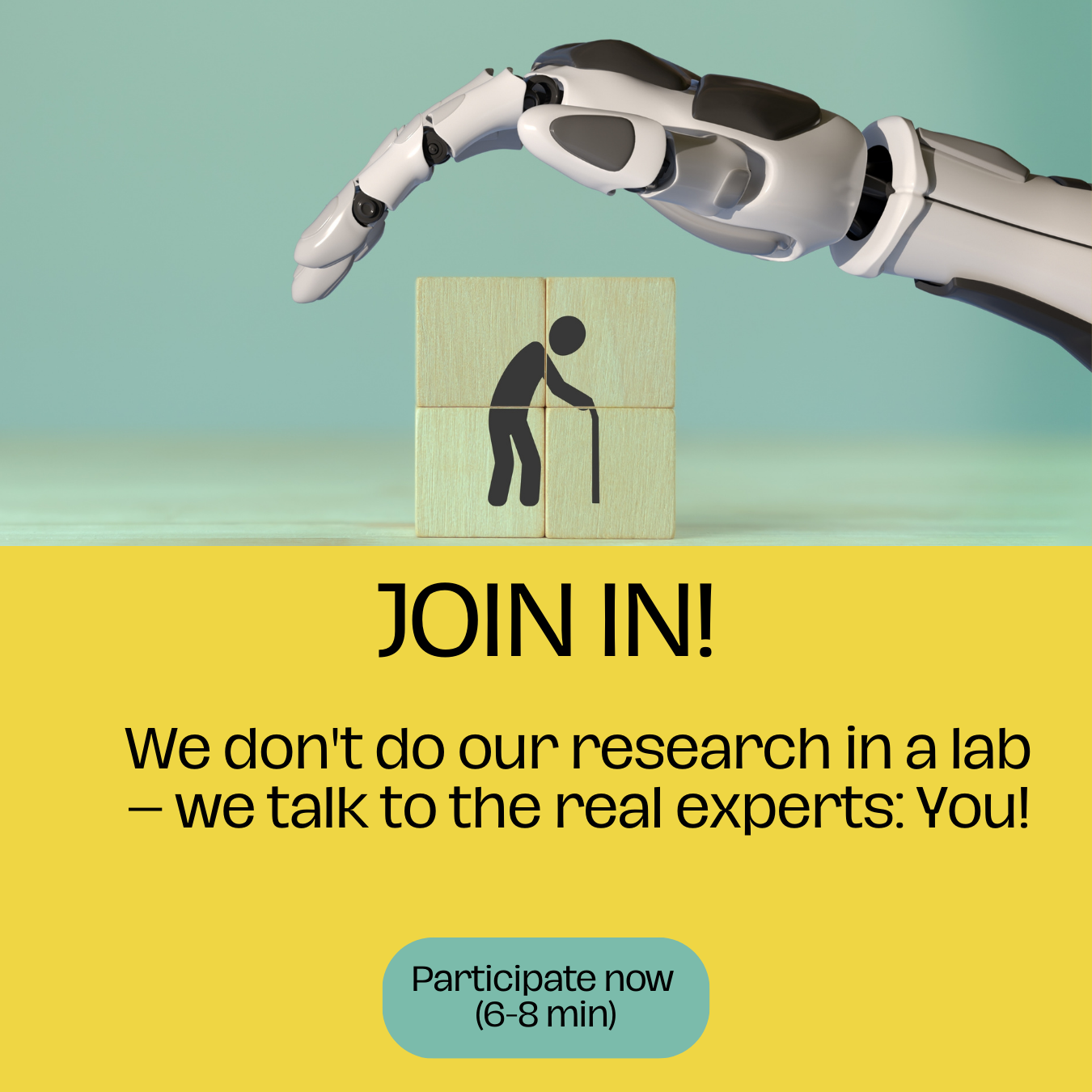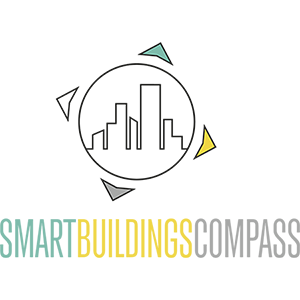Intensive care nurse Cornelia Kilin turned to the concept of kinaesthetics after suffering a slipped disc. She looks after elderly people and people with disabilities and offers basic kinaesthetics courses for health and care facilities. You can find out more about Cornelia Kilin at https://www.kilin-leichter-leben.at .
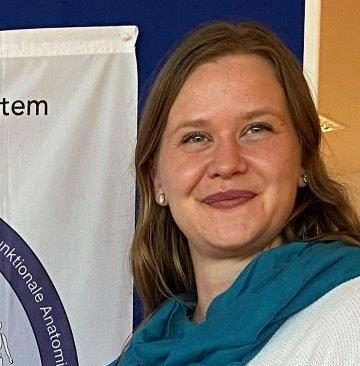
You help people with disabilities – tell us about the concept of “kinaesthetics”. What does this mean?
We have very specific movement patterns that are reliably available to us throughout our lives. As we get older or if there is an incident that affects our health, it often becomes necessary to change these patterns. To maintain our independence and quality of life, we need to learn new movements. And this is where I come in: I am a kind of movement coach and support my clients along the way.
Kinaesthetics is not a fixed technique, but a joint development of solutions. I am not a therapist, I give impulses. I learn new ways of moving with the clients, we feel our way slowly.
The path to this new form of movement is individual: a client who is paralyzed on one side after a stroke needs different support than an older person. For example, these patients are no longer able to stand up as they have done for the last 60 years. They have to learn other movement patterns.
“I want to use kinaesthetics to help people maintain or regain their independence.”
How can I imagine this process? How do we learn new movement patterns?
This is a creative process in which we look at the old movement patterns and vary them so that independence is maintained. As a healthy person, I stand with both feet stable – we learn to balance our weight evenly on both feet. I help my clients to understand the processes in their bodies so that they can stabilize and balance their bodies again despite their impairments.
An older person may have to support themselves when standing up and shift their weight differently. Small things often help too: For example, if the laminate flooring is too slippery and a carpet provides more grip when standing up. This is a creative process that takes time – and I give my clients time. We try out new ways together, which are then re-implemented into the movement patterns through independent training.
The aim is for my clients to no longer need me. For example, that they can brush their own teeth, make their own food and drink independently again. It’s also the perfect motivation: being able to do things yourself again, no longer needing help.
What forms of impairment can kinaesthetics help with?
The concept is of course suitable for anyone who needs to relearn movement patterns. For example, for older people who are slowly becoming weaker and for whom old movement patterns are no longer sufficient. Relearning movement is also essential for people after accidents or serious illnesses in order to maintain or regain their independence and thus their quality of life. But we can also help people with intellectual disabilities, as improved self-awareness of the body also creates something new cognitively.
In principle, this concept is also immensely important for people who work in the health and care sector. I used to think that lifting patients was not a problem. We also learn this in our training. After a slipped disc, I know that it doesn’t do anything but damage my spine. It is much better if we move with the patients.
“I no longer lift, but move with my patients.”

What experiences have you gained from your illness?
I no longer lift, but move with my patients. Because it’s no use to anyone if I’m physically at the end of my tether. Kinaesthetics helps me to stay healthy and at the same time activates the patients, who are able to make movements themselves again and are therefore more independent.
I am so often positively surprised at what is possible with patients if you give them time. That’s what convinced me of kinaesthetics: the successes I see. Many patients lose their enjoyment of life because day in, day out, it’s all about what no longer works. If you don’t do anything, your mind also degrades very quickly and you lose your willpower. But that’s exactly what you need to keep going.
This has a lot to do with intrinsic motivation. If someone no longer sees any light at the end of the tunnel, then you close it. It is very difficult to counteract this. I then show you what else might be possible. Movements will no longer function in the same way as they did when you were young or before an accident, but independence can certainly return on a small scale – if you keep at it.
Staying active – that seems to be an important lever. Any general advice you can give?
Yes, absolutely! Keeping at it and, above all, staying active is essential. One example: studies show that we come out of hospital dumber. Because that’s where they clean, cook and make the bed for us. All decisions and activities are taken away from us.
Personal initiative and personal responsibility are key when it comes to remaining independent for as long as possible. Because we stay healthy for about 60 years, not 80. This means that the complaints start when we retire. In Sweden and Norway, the concept of personal responsibility is already very strongly implemented. There are coaches who come to older people’s homes and go through with them how they can maintain their health for as long as possible. Analyze with them: What are my eating habits and how can I take better care of myself with healthy food? How much exercise do the clients do?
We go through all these questions and draw up a plan to ensure mobility and health into old age. This relieves the burden on their healthcare systems and keeps the older population fit, healthy and independent for as long as possible.
This leads us to the shortage of skilled workers: since the Covid pandemic, the health and care sector has been losing staff. Demand is increasing due to demographic trends. How do you see the situation?
COVID has made it clear to us in the healthcare sector that we do our job with full commitment to our health. And on several levels. We were prepared to work up to 70 hours a week for a pittance. This generation is dying out, and that’s not a bad thing. I want to be healthy and convey health.
On the other hand, Covid made us aware of the dangers we expose ourselves to on the job. We have contact with diseases that are dangerous to our health, and only now do we know what protects us from them and what does not. In Italy, there were very many so-called “white deaths”, i.e. deaths in the health sector. I asked myself: What have I let myself in for? If you didn’t feel this fear when the Covid cases rolled towards us in reality, you don’t know what it means.
This not only affected us in the healthcare sector, but also cashiers in supermarkets, for example.
I hear from our conversation that there is a need for new concepts and kinaesthetics in the healthcare sector itself. It is no longer just about helping patients, but also the people who work in this field.
Yes, there needs to be a rethink here. After all, staff will only be available for longer and more reliably if they stay healthy. The AUVA (note: Austrian General Accident Insurance Institution) is currently introducing kinaesthetics very successfully throughout the entire care system. AUVA has understood that it is a gain on so many levels. In a care facility in Germany, all employees – from doctors to cleaning staff – can participate in this program. The importance of existing staff is slowly being understood.
Kinaesthetics keeps staff healthy and fit for work. At a time when healthcare staff are becoming increasingly scarce, these are important points: Relieving the pressure on existing staff and making jobs more attractive. The employees benefit because the work is less strenuous – they prefer to go to work. Patients benefit because they become or remain active and mobile. And as a health and care facility, I can take credit for it, it is a sign of quality. A win-win-win situation for everyone.
Thank you for the interview!
Find out more at Kilin-leichter-leben.at
Author: Anja Herberth
Chefredakteurin
